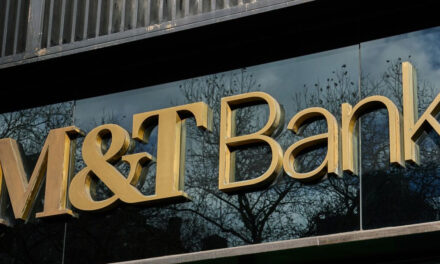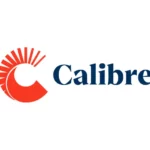Some of the largest names in American business are protesting against a new proposal from the Securities and Exchange Commission (SEC) which will require companies to report any risks that climate change may pose to their companies. The protests led the SEC to make some changes, but the Commission still hopes to finalize the disclosure proposal within this year.
The point in question involves the SEC’s plan to require companies to report climate costs equivalent to 1% or more of each line item in their corporate financial statements. These line items refer to different aspects of income and expenses, including revenue and operational costs.
What Exactly Does the SEC Have to Say About This?
According to the SEC, this 1% threshold, also known as a bright-line test, makes it unlikely that companies would underreport the cost of how climate risks are affecting their operations.
Also, the proposal involves the mandatory submission of several climate-related disclosures. These include the number of greenhouse gasses emitted from operations, as well as energy use. Even companies that set goals to reduce their own operational carbon footprints will be required to disclose the extent of their emissions.
However, asset management firm BlackRock declared that the policy would lead to inaccurate disclosures as well as possibly exorbitant costs in terms of compliance.
Thanks to this and other protests from the likes of WalMart and Amazon, the Commission is now contemplating either a higher threshold for disclosure or completely scrapping the bright-line test.
Should the SEC opt for either option to ease the reporting requirements, it may make the final set of rules easier to defend in court as it serves as proof that the Commission is willing to listen and respond to the business sector’s feedback.
Backlash
A number of SEC officials say they were surprised by the business sector’s somewhat adamant opposition to the proposal. Indeed, a number of investors have advised the Commission to already issue the rules.
Issuing the rules now will essentially enable investors to read through them and be able to properly assess the climate risks that companies face – a broad spectrum ranging from severe weather events to stricter commercial or corporate regulations.














